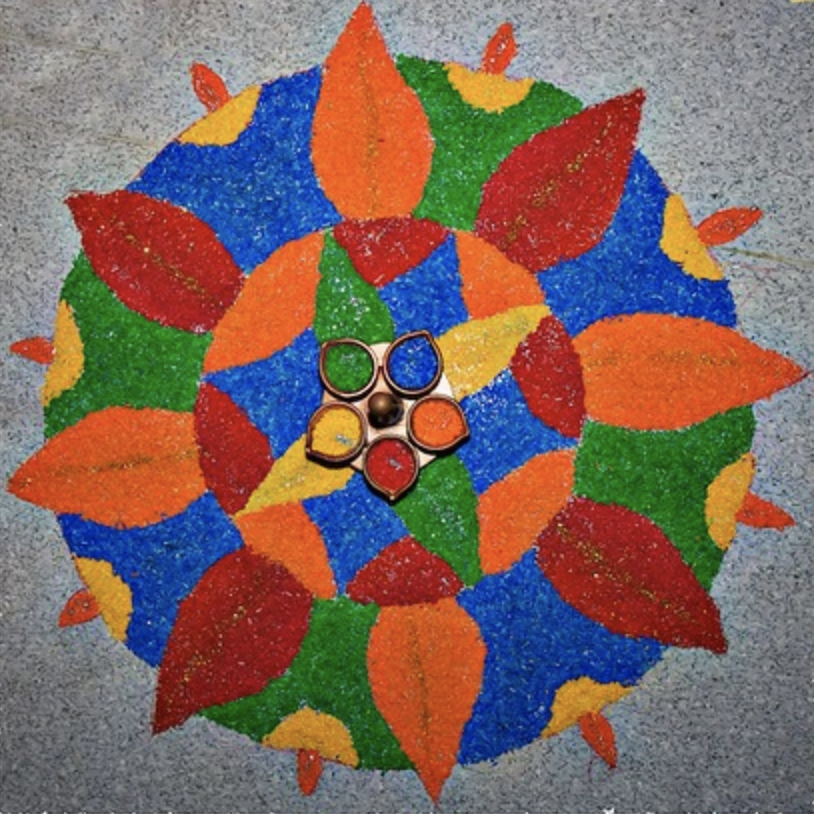When Led Zeppelin appeared in late 1968, they already had the makings of a supergroup, so to speak, though only founding member Jimmy Page was a famous rock star. Four equally talented and seasoned musicians, each integral to the band’s sound. But it might have been otherwise. Page first intended to create a literal supergroup, joining his fellow former Yardbird Jeff Beck and The Who’s Keith Moon and John Entwistle.
Who knows what might have come of it? Moon supposedly quipped that it would go down like a lead balloon, inspiring the name of the band that was to come. This history makes all the more poignant the fact that Moon’s last onstage performance before his death was with Led Zeppelin.
Moon joined the band during the L.A. stop of their 1977 tour to ramble drunkenly into the microphone and sit in on a drum and tambourine with John Bonham during a nearly 20-minute drum solo on “Moby Dick.”
Moon also joined the band during the two-song encore of “Whole Lotta Love” and “Rock & Roll.” See parts of those performances at the top in audience footage. His brief moments behind John Bonham’s drums cannot be considered representative of what a hypothetical Keith Moon-backed Led Zeppelin might sound like. Not only was he playing another drummer’s kit—a significant handicap for Moon—but also, the Keith Moon of 1977 was not the Keith Moon of 1968. These documents of rock history can’t tell us what might have been, only, for a brief moment, what was.
Moon has been regarded as one of the greatest drummers in rock for his huge musical personality. “No drummer in a true rock & roll band has ever been given—has ever seized, perhaps—so much space and presence,” wrote Greil Marcus in tribute when Moon died the year after his Led Zeppelin cameo. Moon, “as Jon Landau pointed out years ago… played the parts conventionally given over to the lead guitar.” Moon called himself, with typical sarcasm, “the best Keith Moon-type drummer,” an insight into just how singular his playing was. His total lack of restraint fit The Who perfectly.
But history would decree that Bonham become the ideal Led Zeppelin-type drummer. He played lead parts as well, but never at the expense of rhythm. The pitfall of a supergroup—or a group of equally superb musicians—is that everyone can tend to overplay. Bonham was a superb musician, but also a drummer who knew exactly how to accommodate others’ virtuosity—building spacious rhythmic structures that held together the bombast of Plant and Page in a coherent whole. Bonham could follow Page’s riffs just as often as he could deploy his own thundering hooks.
Keith Moon was at his best playing Keith Moon, sounding “as if he came out of nowhere to take over the world,” wrote Marcus. The Who’s “best singles and album tracks not only featured Moon, they were built around him,” Entwistle and Townshend providing structure while Moon supplied the fiery core. Hear him at his incandescent best in the isolated drum track for “Wont’ Get Fooled Again” above and read more about what made him so indelibly unique in Marcus’ eulogy for “the best drummer in the history of rock ‘n roll.” Listen to a full audience audio recording of that 1977 concert just below.
via JamBase
Related Content:
Isolated Drum Tracks From Six of Rock’s Greatest: Bonham, Moon, Peart, Copeland, Grohl & Starr
What Makes John Bonham Such a Good Drummer? A New Video Essay Breaks Down His Inimitable Style
Josh Jones is a writer and musician based in Durham, NC. Follow him at @jdmagness.







